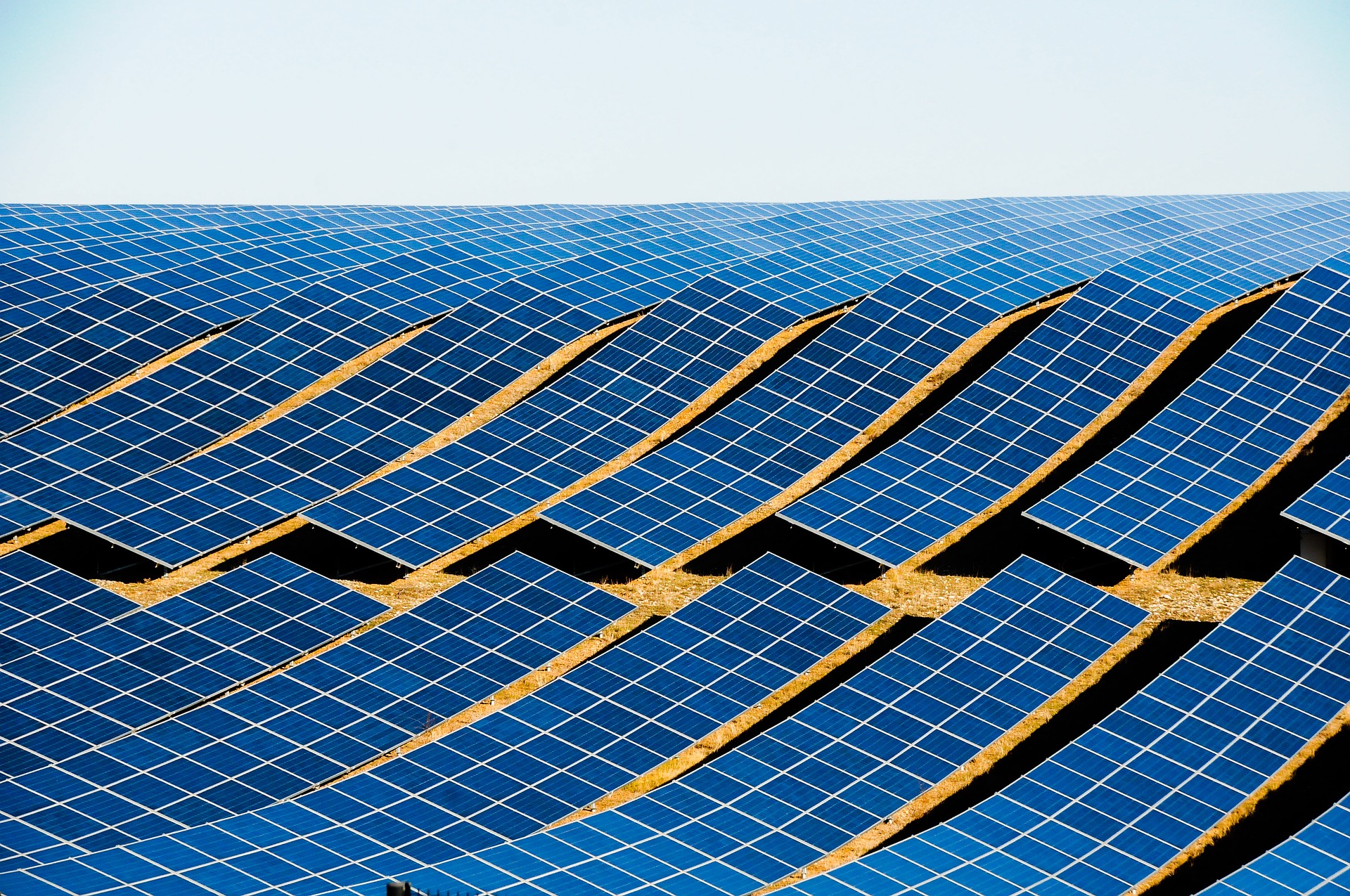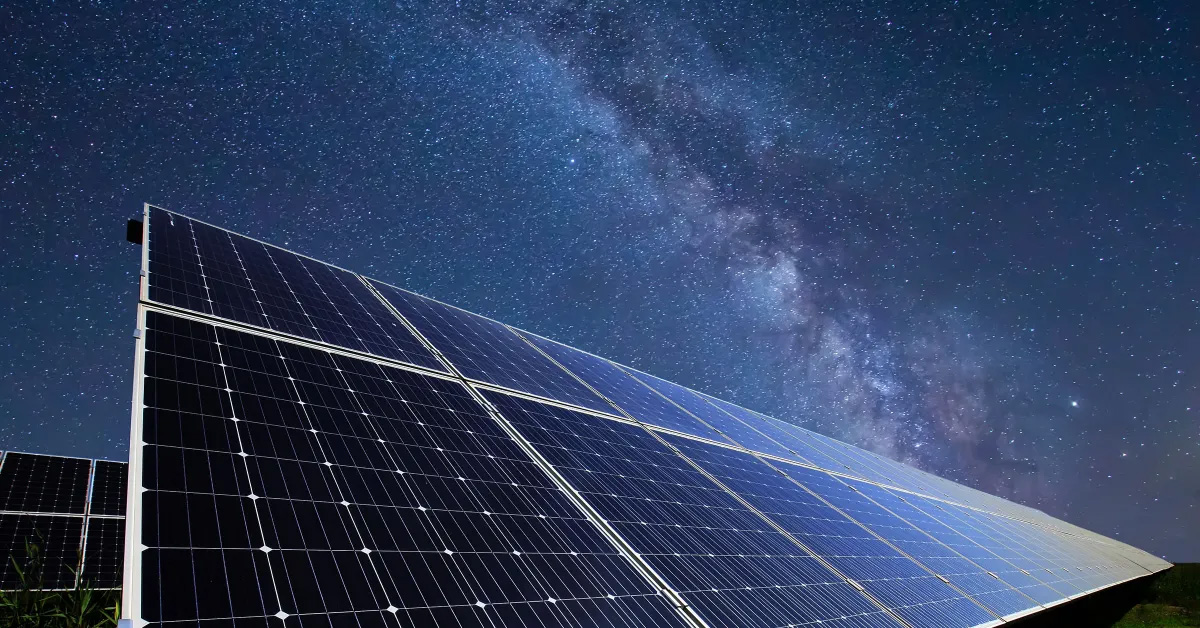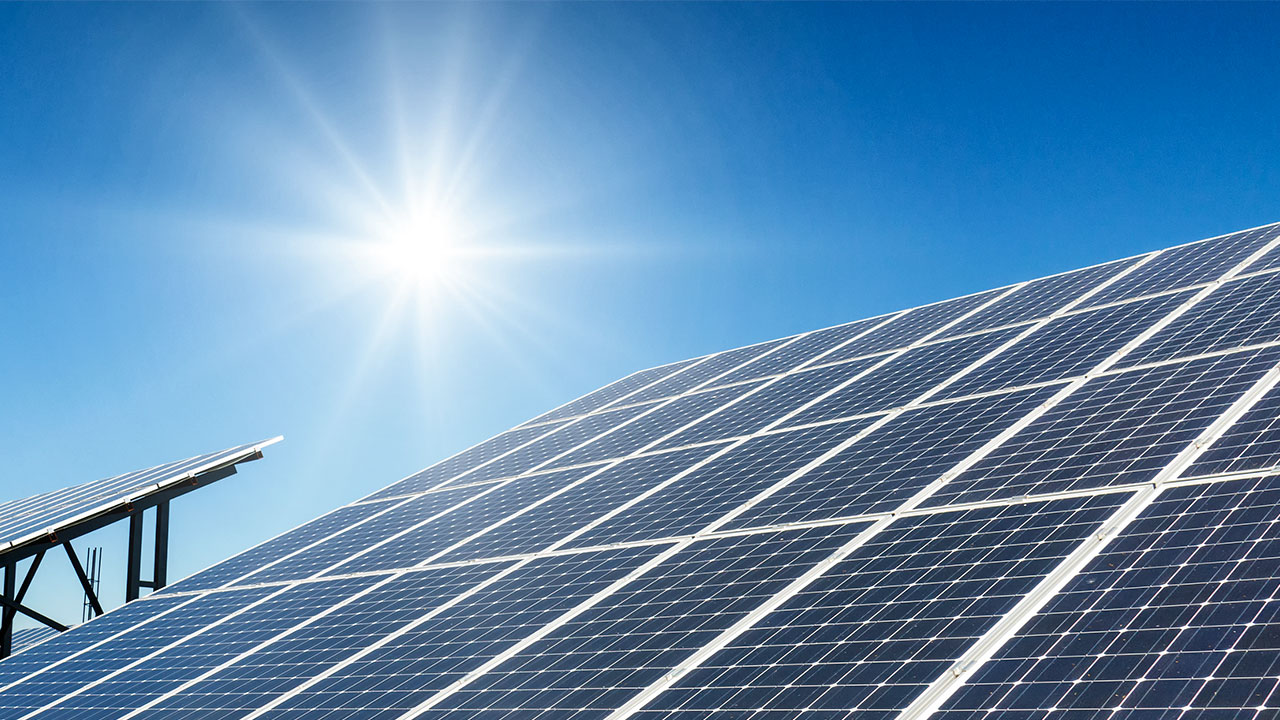Photovoltaic Cell Efficiency: The Foundation of Solar Power
Solar cells (or photovoltaics) are the stars of the renewable energy sector. The efficiency of these cells determines how much sunlight they can convert into electricity usable by the grid. Commercial photovoltaic cell efficiency today is around 15%–22%, but using advanced technology like multi-junction cells, we can have over 40% efficient cells in the near future. For example, perovskite solar cells have demonstrated the ability to reach efficiencies of 25%, as opposed to conventional silicon cells that are limited to about 22%. With new material and structural developments in these cells, they lose less energy as heat—which also gives a boost to absorption of light—making them more efficient overall.
Apart from materials, we can significantly boost efficiency by optimizing the surface texture of the cells. For example, up to 30% of reflection losses can be reduced by using nano-textured surfaces, which has been proven in research work. This allows a cell or module that is only 1% more efficient than its competitors to replace standard models on the shelves—whereas it previously had little value at all. Secondly, because nanometer coatings and layers are often very thin (10–50 nm), they promise significant savings in material use. Thus far, hardly any detailed studies have measured the material requirements of next-generation nano-modified cells. Regulations have opened up opportunities for investors in new regions as well. Recently published results by Powerhaus Investments showed that a number of novel III-V and chalcogenide compounds indeed require significantly less material—reductions of up to 96%. Some researchers have concluded that producers of these compound materials are likely to deplete reserves within their lifetimes. We do not know if this situation is sustainable; however, current economic incentives greatly reward efficient mining production. For example, one study conducted in 2023 revealed an increase of about 2% efficiency for silicon cells after application of a nano-coating, corresponding to an annual energy gain of approximately 500 kWh/year in a standard residential setting.
AC vs. DC in Solar Systems: The Efficiency Dilemma
Solar systems naturally produce direct current (DC) electricity, but most of our household appliances and grid systems rely on alternating current (AC). This requires that the DC be converted to AC with inverters, which result in energy losses of between 5% and 15%. For reference, a standard 5 kW solar system can lose around 750 kWh per year when converting from DC to AC, which can significantly impact the total energy available to the household each month.
Power electronics have been further developed to reduce electrical losses as much as possible. For example, the use of microinverters can slash conversion losses down to 3%, which is a significant improvement to overall system efficiency. Alternatively, directly integrating DC-powered systems into home appliances can eliminate conversion losses altogether. In a recent customer case study, it was found that a DC-powered freezer consumed 10% less energy compared to its AC-powered counterpart, resulting in an annual saving of about 120 kWh.
Enhancing Solar Array Design for Maximum Output
Energy output is highly sensitive to the configuration of solar arrays, including tilt angle, orientation, and shading. The optimal tilt angles differ depending on location; in Los Angeles, that angle is approximately 34 degrees for maximum annual energy production. A system misalignment of just 5 degrees can reduce energy yield by as much as 10%, equivalent to a loss of 600 kWh a year on a standard 6 kW system.
Shading is also an important factor. When one panel in a series string is shaded, it can diminish the performance of all other panels downstream. More advanced tactics such as bypass diodes and smart modules are able to isolate shaded portions of a panel, reducing the negative impact on overall system output. In one example, 196 modules were installed across seven other systems, with the added smart technology increasing energy harvest by 8% in a light-to-moderately shaded system, netting a further 400 kWh over the year.
Emerging Technologies in Solar Efficiency Enhancement
But there is room for significant improvement as well, with new technologies like bifacial panels and tandem solar cells that can greatly enhance efficiency output. At best, energy production can be boosted by as much as 30% via bifacial panels that capture sunlight from both sides. In Texas, a bifacial panel system in an open-field design produced 25% more energy than traditional single-sided panels, meaning that for a 10 kW system, the site would generate an extra 1,500 kWh in a year.
Tandem solar cells, which pair two materials to absorb a wider range of sunlight, can reach efficiencies above 35%. In a pilot project in Germany last year, tandem cells were 37% efficient, compared to the 22% efficiency of conventional silicon cells. This level of efficiency could significantly increase the energy output of a standard 10 kW system, providing enough additional power to supply multiple homes each year.
The Future of Solar Energy Integration: Smart Grids and Storage Solutions
It is also necessary that solar energy takes the leap with smart grids and advanced storage solutions to maximize efficiency. These grids work by dynamically balancing supply and demand on a small scale, helping to eliminate wasted energy. In one example, a smart grid pilot in California managed to reduce energy curtailment by 20%, saving more than 10,000 MWh of energy every year.
Solar efficiency highly depends on energy storage technologies like lithium-ion and flow batteries. In one study, a residential solar system paired with a 10 kWh battery increased the self-consumption of the generated energy by 30%, decreasing grid reliance and electricity bills. For an ordinary household consuming 12,000 kWh a year, this could equate to about $500 a year in energy savings.
By concentrating on these high-tech devices and methods, we are capable of maintaining and increasing solar power efficiency, making renewable power a realistic, sensible solution for our energy needs.



